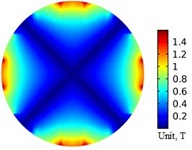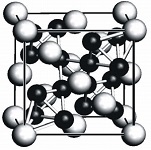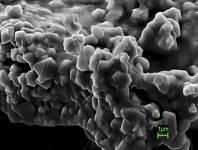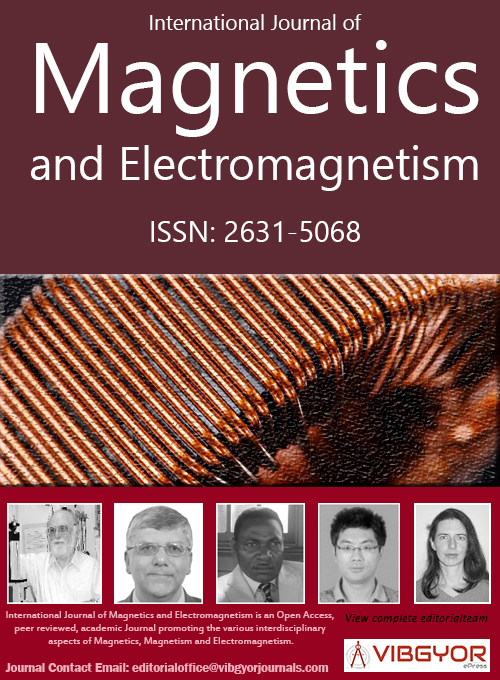International Journal of Magnetics and Electromagnetism
ISSN: 2631-5068 Impact Factor = 0.44* DOI: 10.35840/2631-5068


Anti-Reciprocal Motional Impedance and its Properties
Noori Kim and Jont B Allen
Kim N, Allen JB (2019) Anti-Reciprocal Motional Impedance and its Properties. Int J Magnetics Electromagnetism 5:021.
Published Date: June 15, 2019
PDF | Full Text | EPUB | XML
Nabi Javadi
Javadi N (2019) Effect of Lattice Size on the Critical Temperature of Ising Nanofilms and Nanotubes on the Square Lattice: Cellular Automata Simulation. Int J Magnetics Electromagnetism 5:020.
Published Date: June 06, 2019
PDF | Full Text | EPUB | XML
Yuze Huang, Mir Behrad Khamesee and Ehsan Toyserkani
Huang Y, Khamesee MB, Toyserkani E (2019) Electrodynamic Concentration of Non-ferrous Metallic Particles in the Moving Gas-powder Stream: Mathematical Modeling and Analysis. Int J Magnetics Electromagnetism 5:019.
Published Date: March 09, 2019
PDF | Full Text | EPUB | XML
R Michalski and J Zygadlo
Michalski R, Zygadlo J (2019) Simulated Thermomagnetic Properties of DyAl2, HoAl2 and ErAl2 Compounds in Comparison with the Results for TbAl2, GdAl2 and SmAl2 Calculated by ATOMIC MATTERS MFA Computation System. Int J Magnetics Electromagnetism 5:018.
Published Date: March 01, 2019
PDF | Full Text | EPUB | XML
Régia C Pessoa, Ricardo S Nasar, Marinalva C Nasar and José H Araújo
Pessoa RC, Nasar RS, Nasar MC, Araujo JH (2019) Optimization of the Absorption of Radiation in NiZnMn Ferrite by Electron- Phonons in Composites of Dielectric Polymer and Crystals. Int J Magnetics Electromagnetism 5:017.
Published Date: January 30, 2019
PDF | Full Text | EPUB | XML
The Simulation and Optimization of the Magnetic Circuit for Magnetorheological Damper
Benxiang Ju
Benxiang J (2019) The Simulation and Optimization of the Magnetic Circuit for Magnetorheological Damper. Int J Magnetics Electromagnetism 5:016.
Published Date: January 24, 2019
PDF | Full Text | EPUB | XML